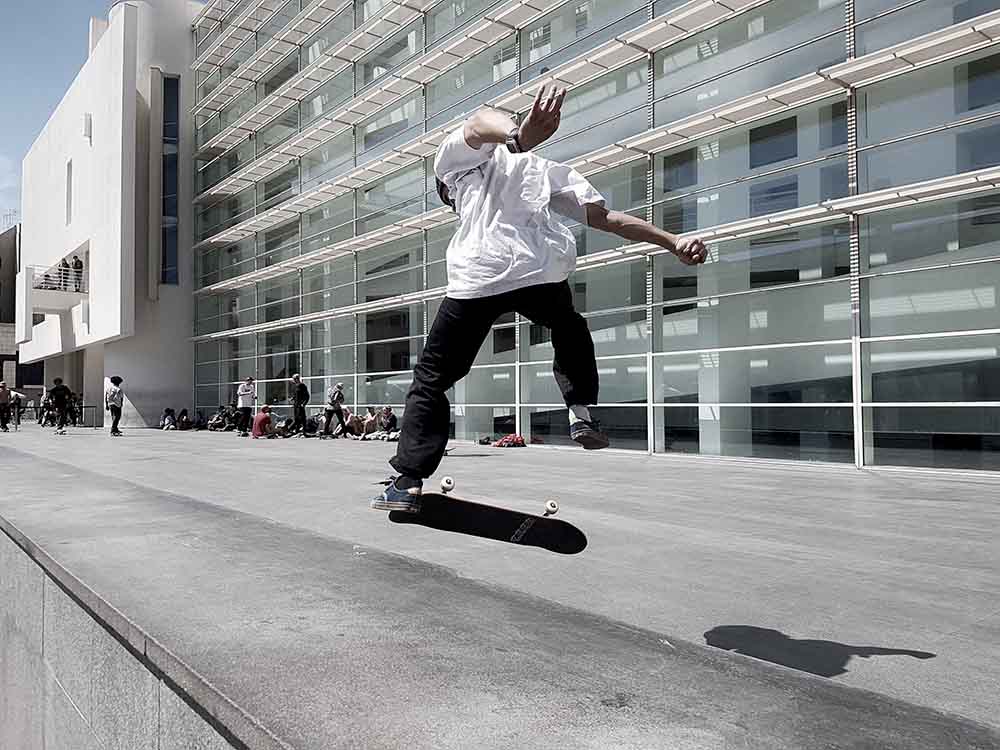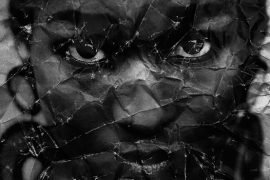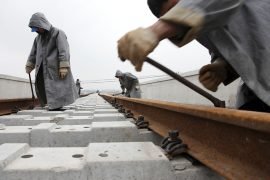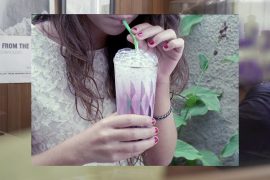[dropcap letter=”P”]
laça dels Àngels is the very epitome that the contemporary city is a space of clash, literally: try and cross it blindfolded and you will probably end up in hospital. Originally, a few years back, the square used to be much smaller but its current massive esplanade, a proud example of the harsh Socialist squares from the past, was officially inaugurated in the 1990s, when the large white building of the Museum of Contemporary of Art of Barcelona (MACBA) landed amidst the Raval district. Since then, Plaça dels Àngels has been associated with an aesthetic profile but, mainly, one peculiar sound: that of skateboards rolling and skidding across the pavement.
 Barcelona sports squares for citizens, squares for pigeons, squares for tourists: this square is for skaters. From mid-morning –free souls would rarely catch the worm as they tend to rise late in the morning– and then all day long, skaters are present in large numbers, performing tricks and spins, drinking beer and enjoying the dilettante dolce far niente, until the evening, a peak time for seeing and being seen. Skaters do not care much for the weather either: they can be seen in ice-cold winters, there is always one of them, shirtless, tattoos on display, no helmet on: these are the seasoned skaters. At most, the occasional snapback cap hat, but those naïve youngsters from the 90s have grown up, and seeing these mature skaters, of an age more suited to enjoy fatherhood and grand fatherhood, is not an unusual sight. There is always a budding talent joining the group, performing balancing acts on the square sides, but the good ones can be easily spotted because they tend to have an old friend tagging along, chasing them with a camera that captures every stunt and every spin. After a whole afternoon of falling to the ground, the recorder singles out two or three lucky tricks with a happy ending, and the snippet will be immediately posted to Instagram.
Barcelona sports squares for citizens, squares for pigeons, squares for tourists: this square is for skaters. From mid-morning –free souls would rarely catch the worm as they tend to rise late in the morning– and then all day long, skaters are present in large numbers, performing tricks and spins, drinking beer and enjoying the dilettante dolce far niente, until the evening, a peak time for seeing and being seen. Skaters do not care much for the weather either: they can be seen in ice-cold winters, there is always one of them, shirtless, tattoos on display, no helmet on: these are the seasoned skaters. At most, the occasional snapback cap hat, but those naïve youngsters from the 90s have grown up, and seeing these mature skaters, of an age more suited to enjoy fatherhood and grand fatherhood, is not an unusual sight. There is always a budding talent joining the group, performing balancing acts on the square sides, but the good ones can be easily spotted because they tend to have an old friend tagging along, chasing them with a camera that captures every stunt and every spin. After a whole afternoon of falling to the ground, the recorder singles out two or three lucky tricks with a happy ending, and the snippet will be immediately posted to Instagram.
Roughly after one hour, the sight stops for a while, long enough for the local police patrol to walk past. They stand for a few minutes, half-intimidatingly, but their walkie-talkie suddenly buzzes and calls them out somewhere else. That’s when the skaters claim their space and everything starts rolling again.
The different species live together in harmony in a tacit pact to share the square: the tourists occupy the terraces under the Chillida giant sculpture –«they’re pushing us out, the neighbours keep fighting», says a giant sign–, while a few metres from there, across the Keith Haring wall to Plaça Coromines, is where most freestylers gather up, with hundreds of youngsters improvising versed rhymes on the footsteps of Blanquerna. In the past, there used to be a sizeable community of homeless citizens, as well as spectacular cricket matches from the Pakistani community, but times are changing and this is already a thing of the past.
Nowadays, Plaça dels Àngels is the sole home of skaters, locals avoiding colliding with them and youngsters looking at the scene from the stone floor of the museum, while the security guard keeps warning them to stay away from the main entrance, as they could run over and injure a visitor. In the past, there used to be street vendors selling beer cans but they are nowhere to be found anymore: close by, in Carrer Joaquim Costa, there are plenty of cheap beer and pizza slices available.
At midday, the space fills with students of the University of Barcelona (Central Campus), eating their lunch boxed food while sunbathing on the access ramp, and standing clear of the entrance, just in case. «In the past, no problems with locals, it’s the invading species that is more aggressive», I’ve heard them say. The only ones immune to the racket of skaters are the children from the local school Escola Vedruna: after years of living together, they have developed a natural instinct to avoid these golden apple snails on wheels.

















